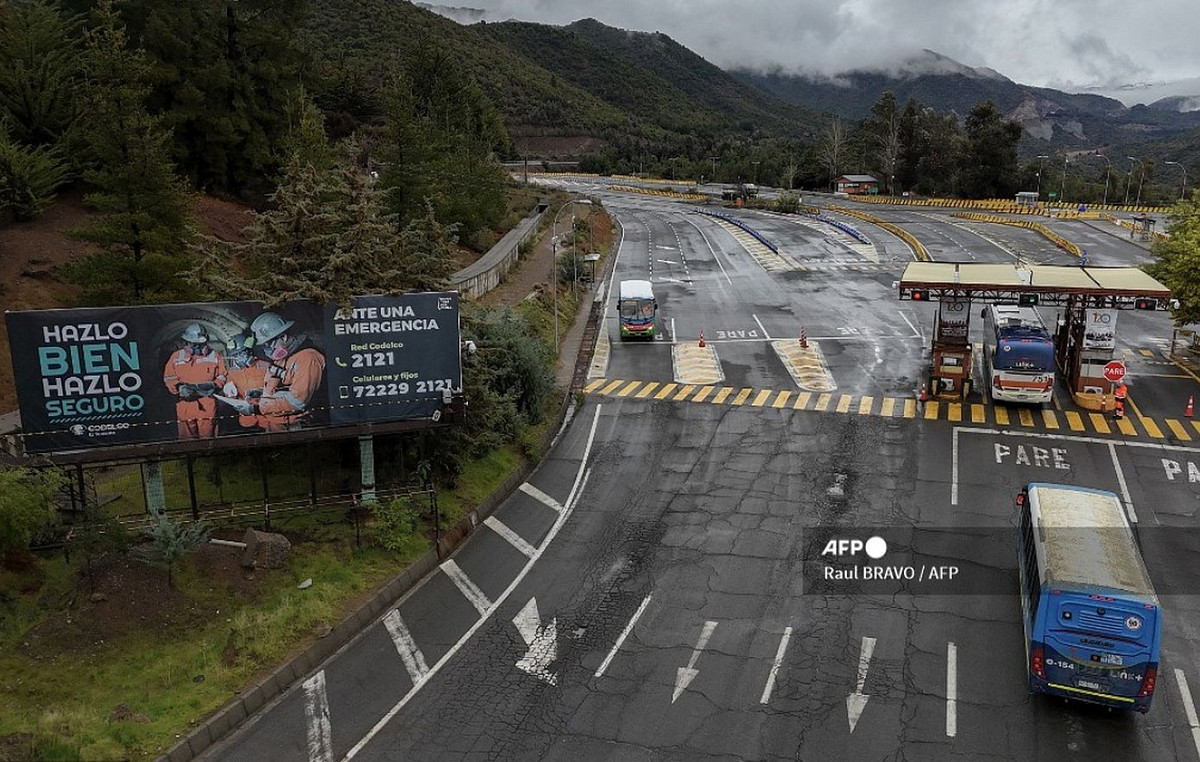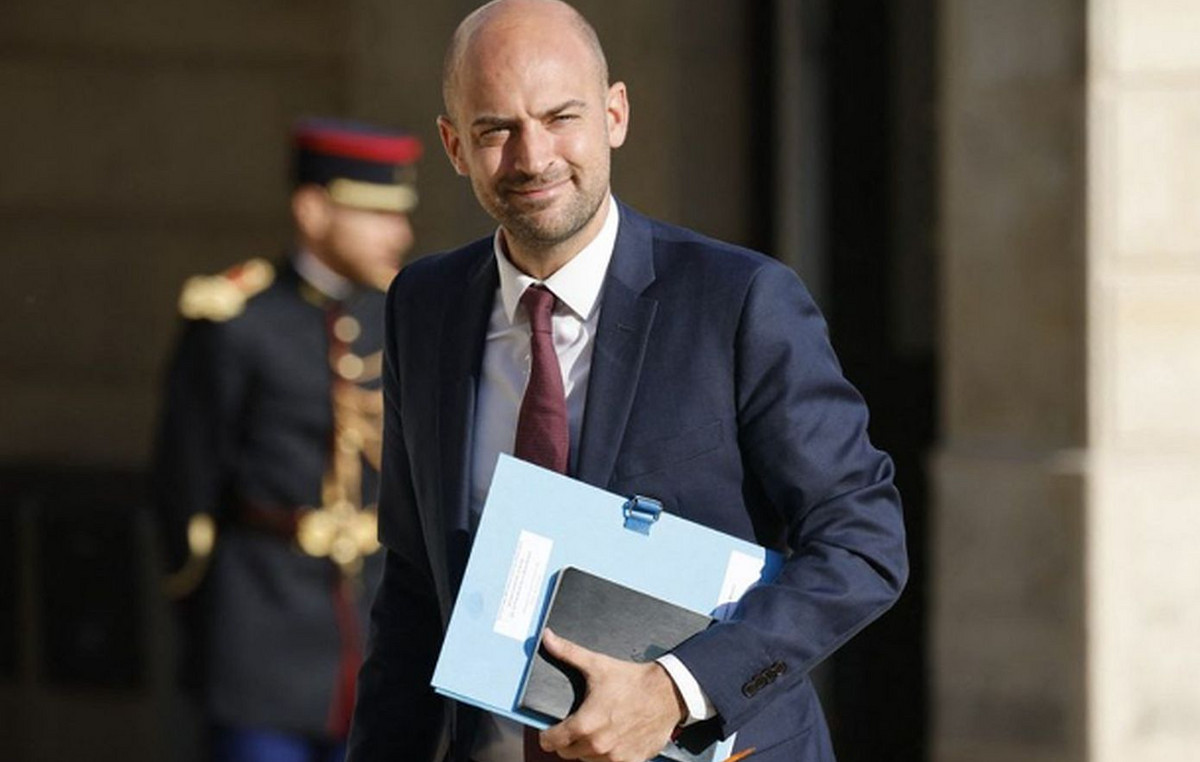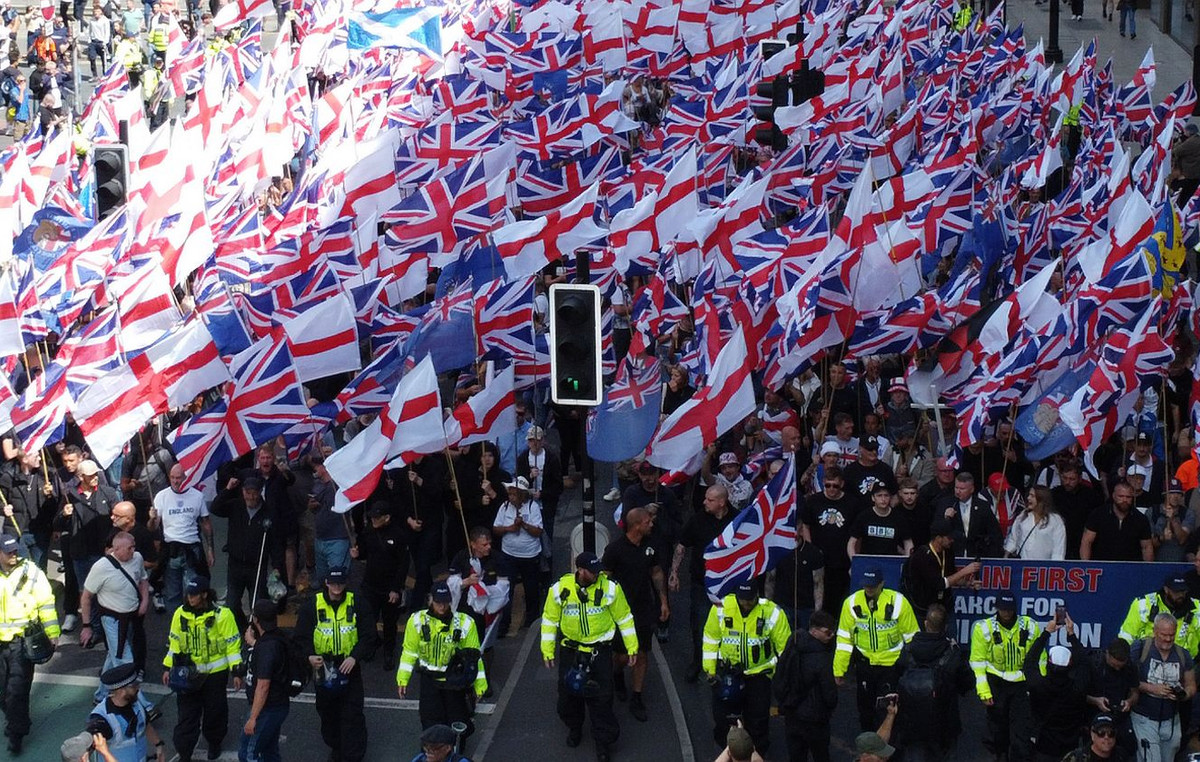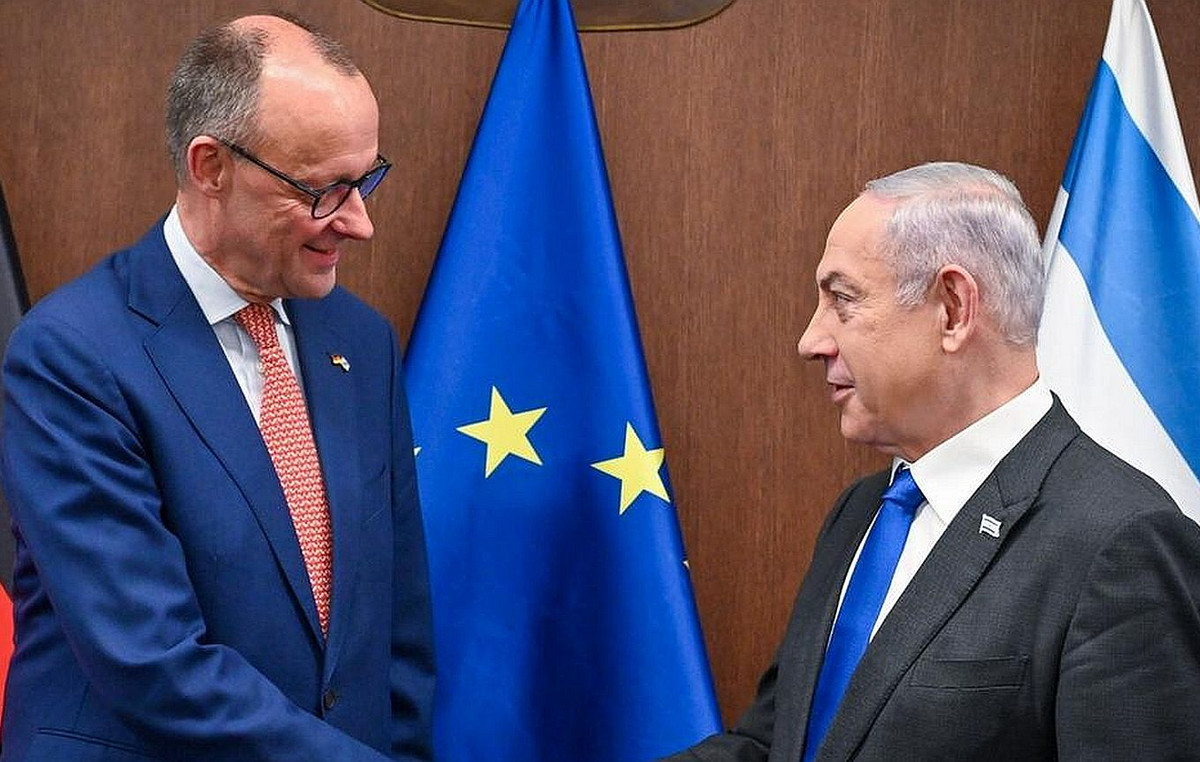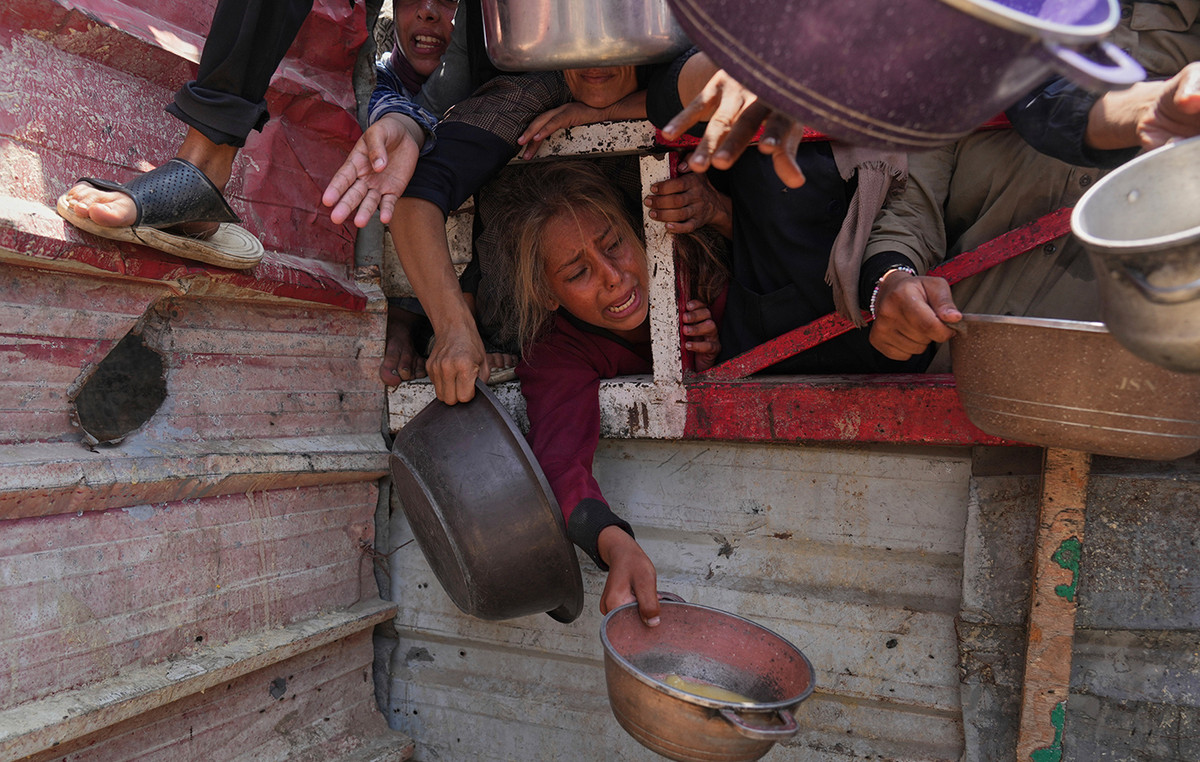Gazans began leaving eastern Rafah on Monday after Israel's military told civilians to “leave immediately”, raising concerns about whether Israel will soon carry out its much-threatened attack on the city.
During nearly seven months of war, more than 1 million Palestinians fled to Rafah, where Hamas is believed to have regrouped following Israel's destruction of much of the north of the strip.
The city has become the central focus of the war, as Israeli Prime Minister Benjamin Netanyahu faces increasing pressure from the extreme wing of his coalition to launch a large-scale ground operation in Rafah to destroy Hamas, while the The more moderate wing asks him to give priority to ensuring a ceasefire and hostage release agreement.
It was unclear whether the withdrawal order signaled a prelude to an attack, but it came a day after Israel's defense minister told troops in Gaza to expect “intense action in Rafah in the near future.” Netanyahu also insisted that Israel would defend itself even if it was “forced to stand alone”, defying international pressure for the Israeli military to limit the campaign in Gaza.
A member of Hamas's political bureau, Izzat Al-Rashq, warned that any incursion into Rafah “will not be a picnic” for the Israeli military and could harm ceasefire negotiations.
After a call with US President Joe Biden, Netanyahu agreed to guarantee the reopening of the Kerem Shalom border crossing to humanitarian aid. The crossing was closed after being hit by at least 10 rockets on Sunday morning (5), according to the Israel Defense Forces (IDF), killing three soldiers and wounding three others in an attack claimed by Hamas. The crossing has been essential in bringing aid to Gaza.
It was unclear whether the call to evacuate Rafah was a response to the attack on Kerem Shalom. Col. Nadav Shoshani, the IDF's international spokesman, said in a briefing that Israel's order was a “limited scope operation to temporarily isolate” and “not a large-scale evacuation.”
A reporter from CNN in eastern Rafah said people were terrified and in a state of panic, while videos and images showed displaced people loading their belongings into the back of pickup trucks, cars and donkey carts as they prepared to leave.
Children were seen sitting among fuel tanks and plastic bags full of belongings, while families left with mattresses tied to the roofs of their cars.
Avichay Adraee, head of the Arabic media division of the IDF Spokesperson's Unit, wrote: “For your safety, the Defense Army must immediately move to the expanded humanitarian area at checkpoints.”
Adraee made “an urgent appeal” to people residing “in the municipality of Al-Shawka and the neighborhoods – Al-Salam, Al-Jneina, Tiba Zaraa and Al-Bayouk in the Rafah area”.
Israel ordered Palestinians to leave for Al-Mawasi, a coastal town near the city of Khan Younis, where an “expanded humanitarian area” was created.
“I'm going to Al-Mawasi, I haven't received any orders to withdraw. I'm leaving before others do. There is nothing left,” Abu Ihab Eweida, a Palestinian in Rafah, told Tareq Al Hilou, a local journalist who works for the CNN .
In a video obtained by CNN Eweida is seen collecting his boxes of supplies, blankets and water in his tent in Jneina camp, east of Rafah, where he lived with his two sons.
“I don’t want to witness what people will do. I’m just going to leave,” said Eweida.
The United Nations lead agency for Palestinian refugees (UNRWA) has warned that Al-Mawasi is not suitable for housing.
“It’s really not a suitable place for people to set up tents and be able to sit down and try to live and meet their basic needs every day,” Scott Anderson, director of UNRWA Gaza affairs, told CNN on Monday.
Israel's constant bombardment of Gaza since October 7 has devastated the beleaguered enclave, reducing entire neighborhoods to rubble, strangling supplies of food, fuel and water, and forcibly displacing many of those seeking shelter in Rafah several times during the seven months of war.
Aid agencies have warned Israel against launching a full-scale ground invasion of Rafah, saying “any ground operation would mean more suffering and death” for the 1.2 million displaced Palestinians sheltering in and around the city. United Nations Office for the Coordination of Humanitarian Affairs spokesman Jens Laerke told journalists in Geneva.
North Gaza is already experiencing a “total famine” that is spreading rapidly across the strip, the World Food Program warned over the weekend.
Meanwhile, Israel continues its aerial bombardment of the city. At least 26 people, including babies and children, were killed in airstrikes overnight on Monday, in an attack on 11 houses in a residential area, Gaza Civil Defense said. Eight more people were killed in attacks in other parts of Gaza, according to local authorities.
Flyers falling from the sky
The IDF also did not set an exact deadline for the departure of people in eastern Rafah, nor did it offer guarantees that the area they would move to would not be bombed.
“We are doing real-time situational assessments and assessing the situation,” said FDI’s Shoshani.
He said the current unemployment affects about 100,000 people.
When questioned by CNN Regarding the operational reason for the move, Shoshani said: “It is part of our plans to dismantle Hamas and, as I said, we had a violent reminder of their presence and their operational abilities and well-being yesterday and as part of our plans to dismantle and bring back our hostages.”
Previous orders from Israel to vacate parts of Gaza ahead of military operations have been met with criticism from the United Nations and humanitarian groups, who have repeatedly said there is no safe space in the strip where people can flee.
The IDF said it dropped leaflets in eastern Rafah for residents and people sheltering “in the Rafah camps and in the Al-Shabura and Al-Zohour neighborhoods” to vacate, as “remaining in these areas puts their lives in danger.”
However, there is little relief from Israeli bombs or respite from the humanitarian catastrophe across the strip, where malnutrition is spreading rapidly and more than 34,600 people have been killed since October, according to Palestinian authorities in Gaza.
In January, 14 people, including children, were killed in an Israeli airstrike on a house in Al-Mawasi, local authorities said.
Areas designated as safe zones by the Israeli military were decimated as soon as the forces entered. At the start of the war, the Israeli military designated Khan Younis as a safer zone and told residents of northern Gaza to seek shelter there. But as the IDF advanced south, Khan Younis became its next focus and the city was devastated.
The United Nations Relief and Works Agency (UNRWA) said it is “not vacating” and that the agency “will maintain a presence in Rafah for as long as possible and will continue to provide vital aid to people.”
Wael Abu Omar, UNRWA media director at the Rafah crossing, said: “So far, the Rafah land crossing has not been closed to passenger traffic. The movement of trucks and the entry of aid have been stopped at the Rafah and Kerem Shalom commercial crossings since yesterday afternoon.”
Source: CNN Brasil
Bruce Belcher is a seasoned author with over 5 years of experience in world news. He writes for online news websites and provides in-depth analysis on the world stock market. Bruce is known for his insightful perspectives and commitment to keeping the public informed.

